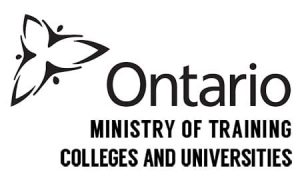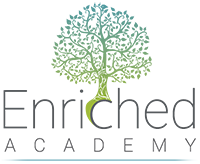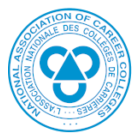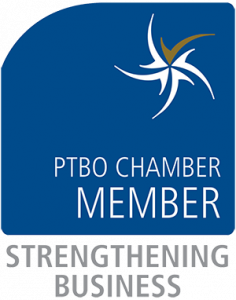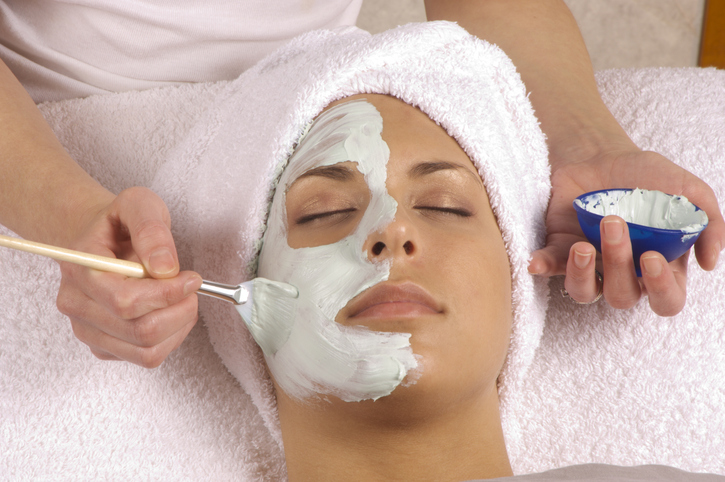
Popular facial treatments include steam, exfoliation, extraction, creams, lotions, facial masks, peels and massage. Many of these treatments go back quite a few years, with women increasing their attention on physical appearance in the 1950s. You may be curious about the origins of facial hair removal, moisturizing and masks as you work your way through a program. Their history is one of some trial and error, with a few strange ingredients thrown into the mix. While different fashions have demanded different products and procedures over time, some things have stayed relatively the same. Read on for more about the history of facial treatments!
The Evolution of Facial Hair Removal
Facial hair removal is not a new practice. Women are depicted in some very old paintings as having minimal body hair. The techniques used have certainly improved over time. A recipe from 1532 instructs women to boil arsenic and quicklime together, smear the solution over their skin then rapidly wash it off as soon as the skin becomes hot, so as not to lose their flesh. Cat dung and vinegar were another combination used to burn hair off, a far cry from the ingredients in Nair or Veet. In a modern-day esthetician program, less strange methods are used such as needle electrical hair removal, threading, and waxing.
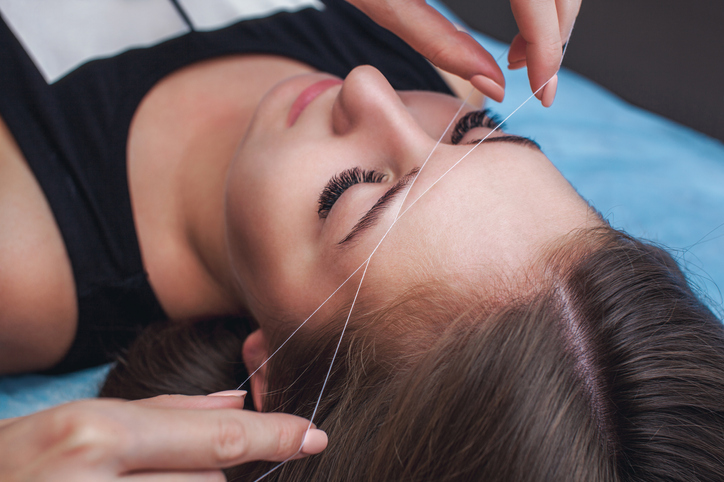
Facial hair removal has come a long way since the 1530s
Helena Rubinstein and Moisturization
Valaze was the first moisturizing cream, created by Helena Rubinstein. She also invented the first lifting cream and hormone mask. The story is that Rubinstein moved to Australia from Poland at 22 years old, and her mother packed a dozen pots of face cream for her to take, worried she would run out. Her glowing complexion won the attention of some other women who started asking her for beauty advice. This inspired her to use trial and error to formulate her own facial moisturizing product and opened her first salon in 1902.
Rubinstein was also the first to categorize skin types, an important part of treating facial skin today. Her classifications included normal, over-moist, and dry, measured by secretions from the glands.
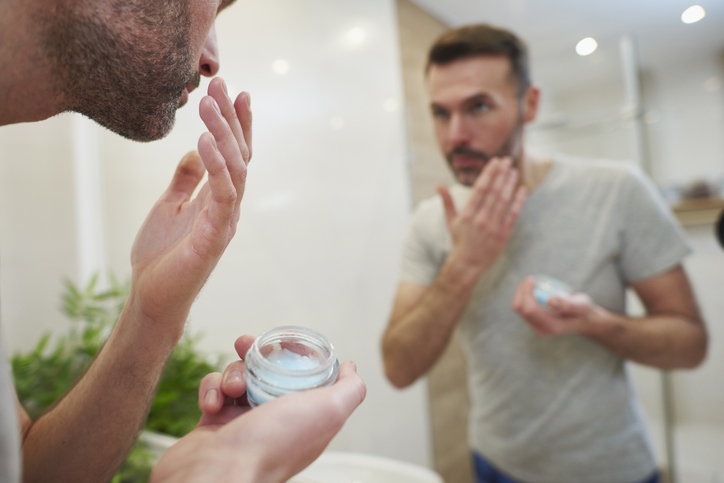
The moisturizing face creams you may recommend in your career are thanks to Rubinstein’s pioneering
How Television Affected what is Learned in Esthetician Programs Today
The 1950s brought with it the spread of home televisions, exposing people to Hollywood glamour during their daily lives. In addition to cinema, this encouraged more of a focus on beauty, with close-ups setting a new standard for makeup and skin care. The popularization of day spas with paraffin treatments, wraps and mud masks reflected this.
Steam facials became the most popular way to get a healthy, youthful glow. This is still a common treatment and provides a deep clean, opening pores. In your career in esthetics you may find that some clients enjoy facial steaming just for the relaxing effect.
Are you interested in earning your esthetician diploma?
Contact Oxford College for more information!

